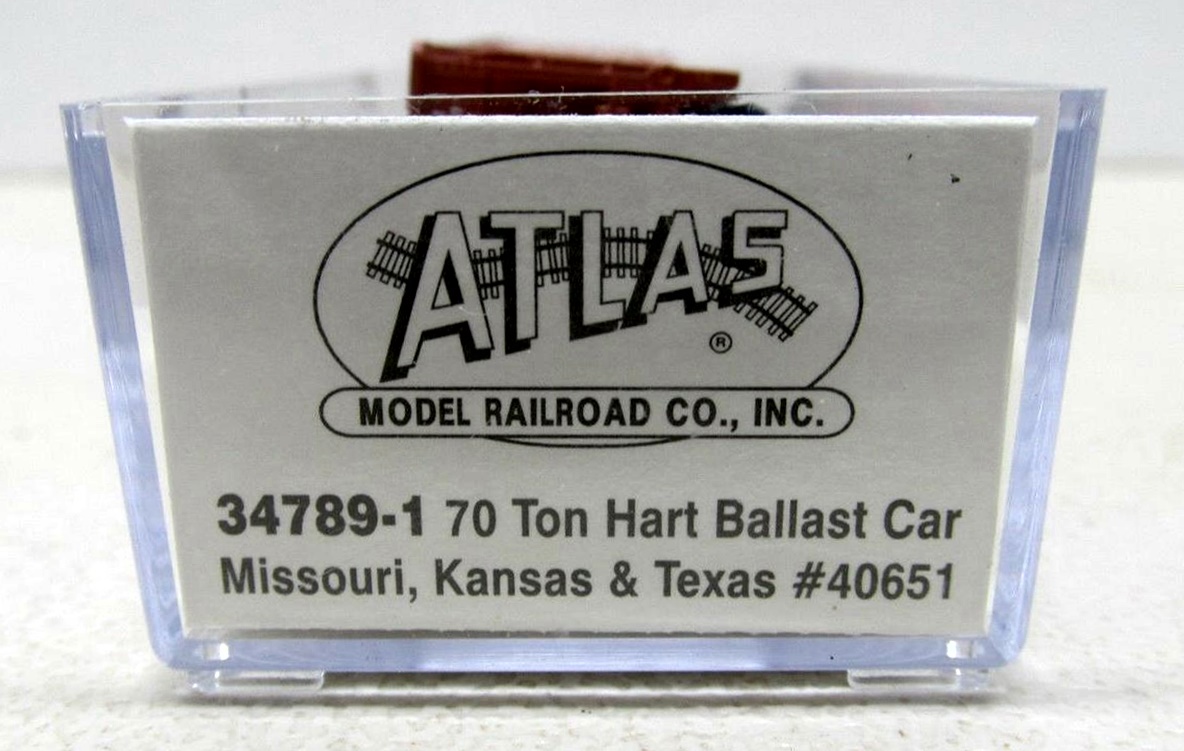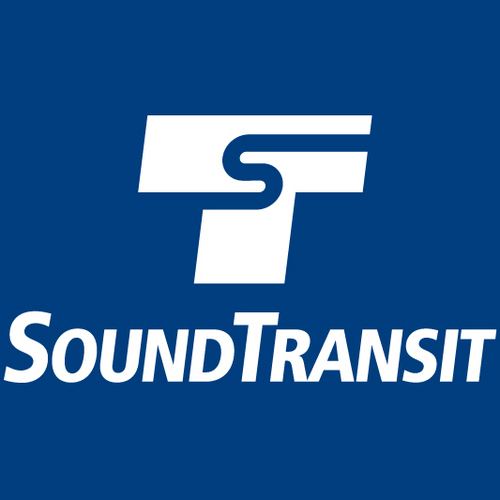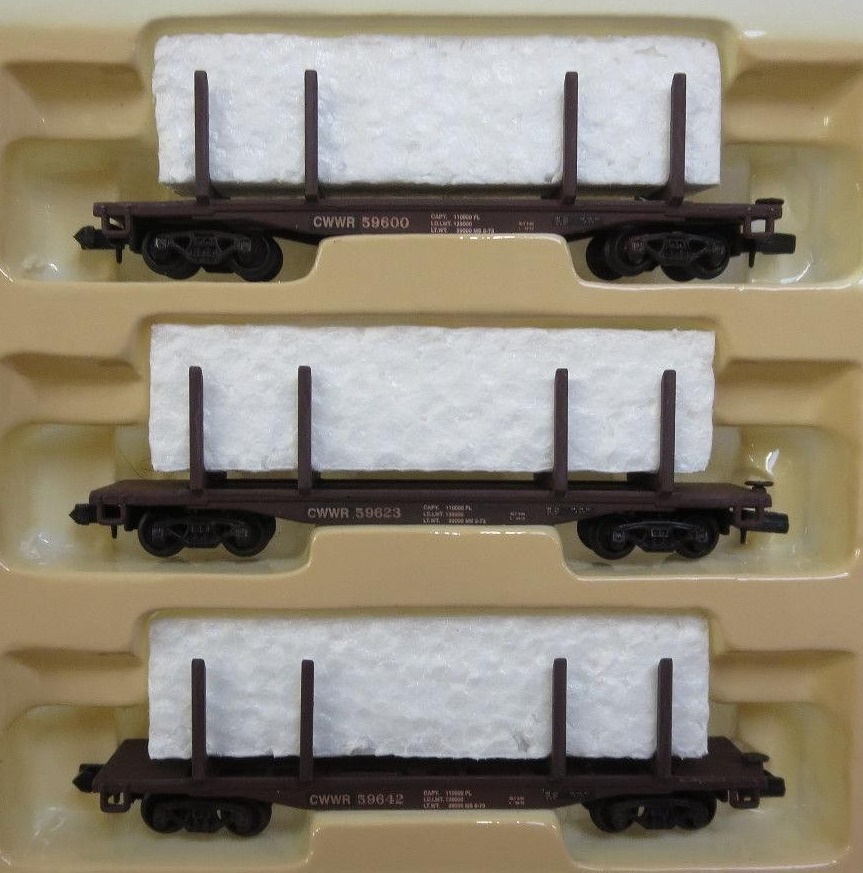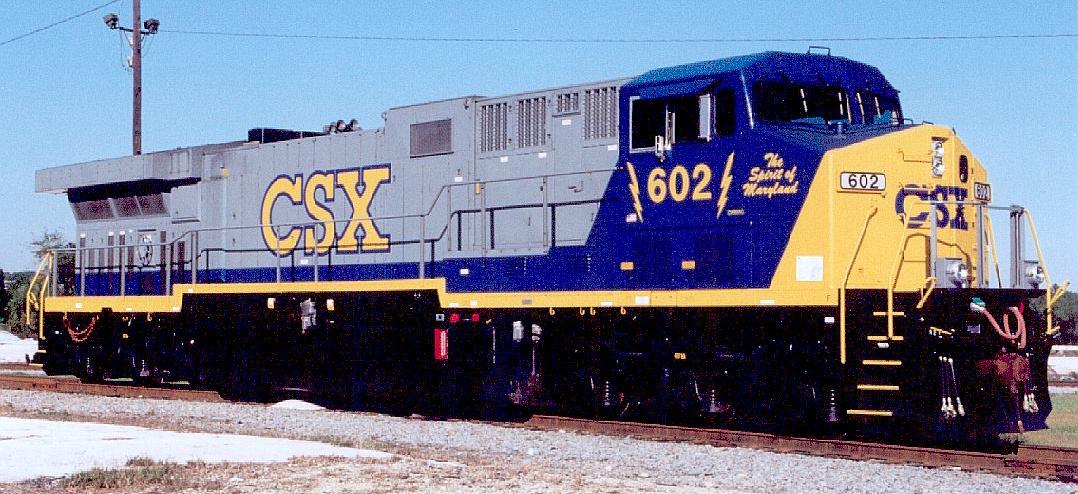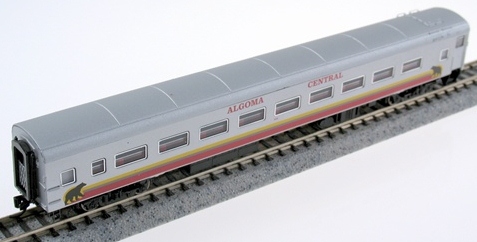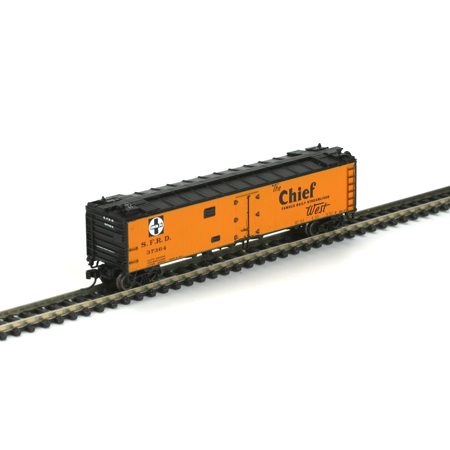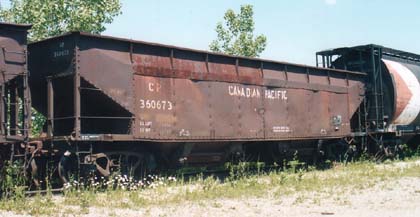Specific Item Information: Released in one run of 6 cars, sold individually or in 6-pack.
Model Information: This model was introduced by Atlas in 2006. It features:
- Die Cast Chassis;
- 70-ton friction bearing trucks;
- Accumate offset shank coupler;
- Fully detailed interior, including cross-bracing and side stiffeners;
- Accurate painting and printing.
- Die Cast Chassis;
- 70-ton friction bearing trucks;
- Accumate offset shank coupler;
- Fully detailed interior, including cross-bracing and side stiffeners;
- Accurate painting and printing.
Prototype History: Built by ACF® from 1940-1953, the 70-Ton Hart Ballast Cars were formally known as “Hart Selective Service Ballast Cars”, due to the use of specially-designed doors which allowed the lading to be discharged one of three ways: to the center of the rails, to the center and sides of the rails, or to the side of the rails only. Most of the western railroads used cars like this for distributing ballast. Sometimes customer's cargos were carried but mostly these cars with the hart doors were MOW service. We believe there are more door handles to be added to the model so there are handles at both ends of the doors. The MILW crews called their cars like this from the 1920s Battleships. There are examples of earlier cars with slab sides and shorter doors found on the UP and CB&Q.
Road Name History: 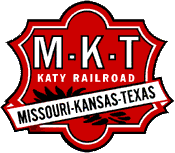 The Missouri-Kansas-Texas Railroad (reporting mark MKT) is a former Class I railroad company in the United States, with its last headquarters in Dallas. Established in 1865 under the name Union Pacific Railway, Southern Branch, it came to serve an extensive rail network in Texas, Oklahoma, Kansas, and Missouri. In 1988, it merged with the Missouri Pacific Railroad and is now part of Union Pacific Railroad.
The Missouri-Kansas-Texas Railroad (reporting mark MKT) is a former Class I railroad company in the United States, with its last headquarters in Dallas. Established in 1865 under the name Union Pacific Railway, Southern Branch, it came to serve an extensive rail network in Texas, Oklahoma, Kansas, and Missouri. In 1988, it merged with the Missouri Pacific Railroad and is now part of Union Pacific Railroad.
In its earliest days the MKT was commonly referred to as "the K-T", which was its stock exchange symbol; this common designation soon evolved into "the Katy".
The Katy was the first railroad to enter Texas from the north through Denison, Texas. Eventually the Katy's core system would grow to link Parsons, Fort Scott, Junction City, Olathe, and Kansas City, Kansas; Kansas City, Joplin, Jefferson City, and St. Louis, Missouri; Tulsa and Oklahoma City, Oklahoma; Dallas, Fort Worth, Waco, Temple, Austin, San Antonio, Houston, and Galveston, Texas. An additional mainline between Fort Worth and Salina, Kansas, was added in the 1980s after the collapse of the Chicago, Rock Island and Pacific Railroad; this line was operated as the Oklahoma, Kansas and Texas Railroad (OKKT).
At the end of 1970, MKT operated 2623 miles of road and 3765 miles of track.
From Wikipedia

In its earliest days the MKT was commonly referred to as "the K-T", which was its stock exchange symbol; this common designation soon evolved into "the Katy".
The Katy was the first railroad to enter Texas from the north through Denison, Texas. Eventually the Katy's core system would grow to link Parsons, Fort Scott, Junction City, Olathe, and Kansas City, Kansas; Kansas City, Joplin, Jefferson City, and St. Louis, Missouri; Tulsa and Oklahoma City, Oklahoma; Dallas, Fort Worth, Waco, Temple, Austin, San Antonio, Houston, and Galveston, Texas. An additional mainline between Fort Worth and Salina, Kansas, was added in the 1980s after the collapse of the Chicago, Rock Island and Pacific Railroad; this line was operated as the Oklahoma, Kansas and Texas Railroad (OKKT).
At the end of 1970, MKT operated 2623 miles of road and 3765 miles of track.
From Wikipedia
Brand/Importer Information: In 1924 Stephan Schaffan, Sr. founded the Atlas Tool Company in Newark, New Jersey. In 1933 his son, Stephan Schaffan, Jr., came to work for his father at the age of sixteen. Steve Jr. built model airplanes as a hobby and frequented a local hobby shop. Being an enterprising young man, he would often ask the owner if there was anything he could do to earn some extra spending money. Tired of listening to his requests, the hobby-store owner threw some model railroad track parts his way and said, "Here, see if you can improve on this".
In those days, railroad modelers had to assemble and build everything from scratch. Steve Jr. created a "switch kit" which sold so well, that the entire family worked on them in the basement at night, while doing business as usual in the machine shop during the day.
Subsequently, Steve Jr. engineered the stapling of rail to fiber track, along with inventing the first practical rail joiner and pre-assembled turnouts and flexible track. All of these products, and more, helped to popularize model railroading and assisted in the creation of a mass-market hobby. The budding entrepreneur quickly outgrew the limitations of a basement and small garage operation. Realizing they could actually make a living selling track and related products, Steve and his father had the first factory built in Hillside, New Jersey at 413 Florence Avenue in 1947. On September 30, 1949, the Atlas Tool Company was officially incorporated as a New Jersey company.
In 1985, Steve was honored posthumously for his inventions by the Model Railroad Industry Association and was inducted into the Model Railroad Industry Hall of Fame in Baltimore, Maryland. In addition, Steve was nominated and entered into the National Model Railroad Association Pioneers of Model Railroading in 1995.
In the early 1990s, the Atlas Tool Company changed its name to Atlas Model Railroad Company, Inc.
In those days, railroad modelers had to assemble and build everything from scratch. Steve Jr. created a "switch kit" which sold so well, that the entire family worked on them in the basement at night, while doing business as usual in the machine shop during the day.
Subsequently, Steve Jr. engineered the stapling of rail to fiber track, along with inventing the first practical rail joiner and pre-assembled turnouts and flexible track. All of these products, and more, helped to popularize model railroading and assisted in the creation of a mass-market hobby. The budding entrepreneur quickly outgrew the limitations of a basement and small garage operation. Realizing they could actually make a living selling track and related products, Steve and his father had the first factory built in Hillside, New Jersey at 413 Florence Avenue in 1947. On September 30, 1949, the Atlas Tool Company was officially incorporated as a New Jersey company.
In 1985, Steve was honored posthumously for his inventions by the Model Railroad Industry Association and was inducted into the Model Railroad Industry Hall of Fame in Baltimore, Maryland. In addition, Steve was nominated and entered into the National Model Railroad Association Pioneers of Model Railroading in 1995.
In the early 1990s, the Atlas Tool Company changed its name to Atlas Model Railroad Company, Inc.
Item created by: Alain LM on 2024-01-07 13:55:15
If you see errors or missing data in this entry, please feel free to log in and edit it. Anyone with a Gmail account can log in instantly.
If you see errors or missing data in this entry, please feel free to log in and edit it. Anyone with a Gmail account can log in instantly.



